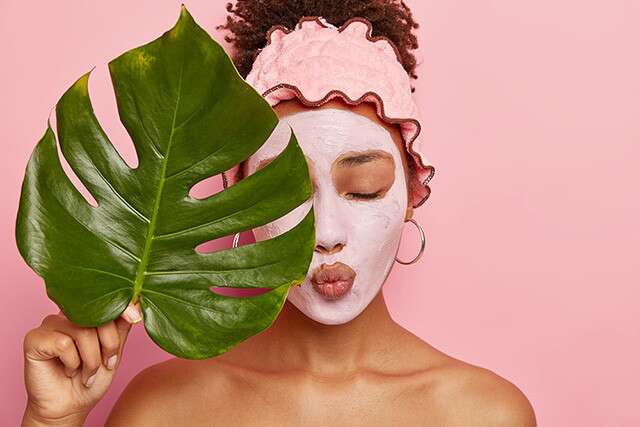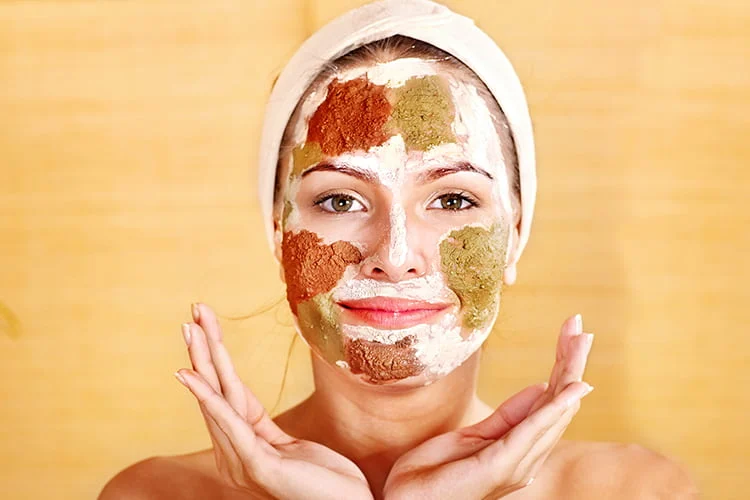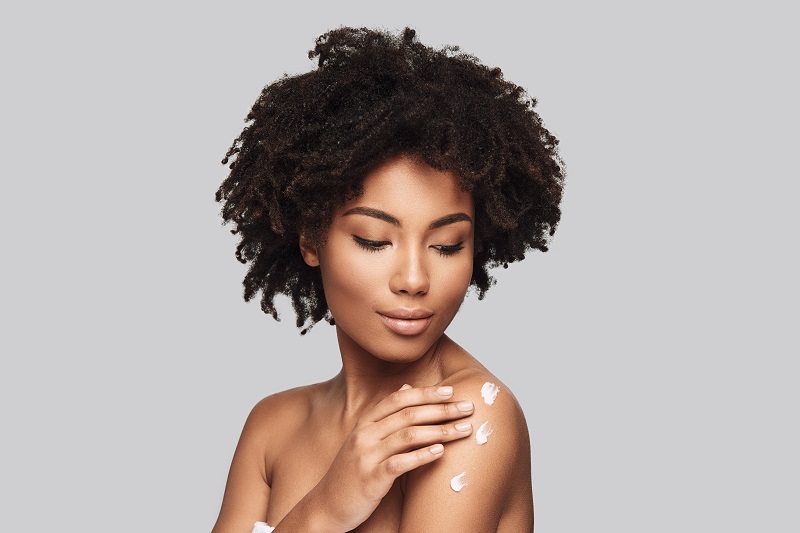It can be the result of changes in weather, exposure to sunlight or aging. The skin becomes dry when there is loss of natural oils, moisture and water through the epidermis which is the outermost layer of the skin. The basic symptom of dryness is itching. People with dry skin develop red patches which are often itchy. The most affected areas include arms, hands, abdomen, back palm and soles of the feet.
Reasons for the skin getting dry day by day
- One of the earliest symptoms of diabetes is dryness of the skin particularly in the hands and feet.
- A sun-damaged skin can cause dryness as the ultraviolet rays of the sun can make the skin dry and flaky.
- Regular swimming for a longtime can make the skin dry because of the chlorine in the water.
- Men and women after the age of 40 find their skin getting drier day by day.
- Strong medication for chronic illness can make the skin of the hands and feet crack.
- Skin conditions like eczema and psoriasis develop in people who have dry skin.
- Long frequent hot showers make the skin dry.
- Hypothyroidism can cause dryness of the skin. It is a condition when the thyroid glands produce less thyroid hormone which in turn lessens the activity of oil and sweat glands.
Methods to treat dry palms and fee
- The best way to treat dry skin is to moisturize the skin with creams and lotions which help in keeping the skin soft.
- Lotions containing aloe Vera and Vitamin E prevent the skin from becoming scaly and dry.
- Olive oil and coconut oil prevents the skin from drying and keeps it smooth and healthy.
- Sunscreen lotions can prevent the damage on the skin caused by constant exposure to the harsh sun. Palms and soles can also be prevented with sunscreen lotion if one is wearing chappals or sandals.
- The hands and feet can be prevented from dryness by applying petroleum jelly at night and keeping them covered with gloves and socks. Wash the feet and palms with warm water and scrub the dead skin away with a rough wash cloth or a mild scrubber.
- Warm baths lead to dryness of the skin of the palms and feet. It is better to have a shower with tepid water and soap containing cocoa butter or Shea butter.
- Apply a good amount of moisturiser or cocoa butter on the palms and feet after a shower. There are specific foot creams that help in keeping the soles of the feet from cracking due to dryness.
- The skin of the palms and feet must be rubbed with a pumice stone to get rid of the dead skin cells before applying the moisturiser or lotion.
- Most importantly the skin should be kept hydrated by drinking 7-8 glasses of water everyday to prevent it from becoming dry.
Manicures and Pedicures Regular manicure in the spa or at home includes hand massage, exfoliation of dead cells, cuticle treatment, drip dry, wax treatment and buffing. Manicure keeps the palms smooth and soft especially in the cold weather. Similarly pedicure includes, foot soak, exfoliation of dead cells, massage, and moisturising. Pedicure is designed to remove dead cells and decrease the damage done to the feet. Pedicure encourages a healthy skin with no bunions or corns. . A gentle foot massage can relieve tension and decrease pain of the feet caused by tiredness.
Manicure and Pedicure can be sometimes done at home to cut the cost of regular spa treatment. But it is better to have a pedicure and manicure from a professional at least twice in a year. Correct steps can be followed from books or from the internet. Proper tools required for pedicure and manicure should be bought to conduct the process at home. These tools include files, buffers, cuticle cleaners, clippers scrubbers and moisturizers. Hands and feet are the most used parts of the body and require regular attention. It is beneficial to have manicure and pedicure done once a month. It will improve the quality of life and health of the person.





